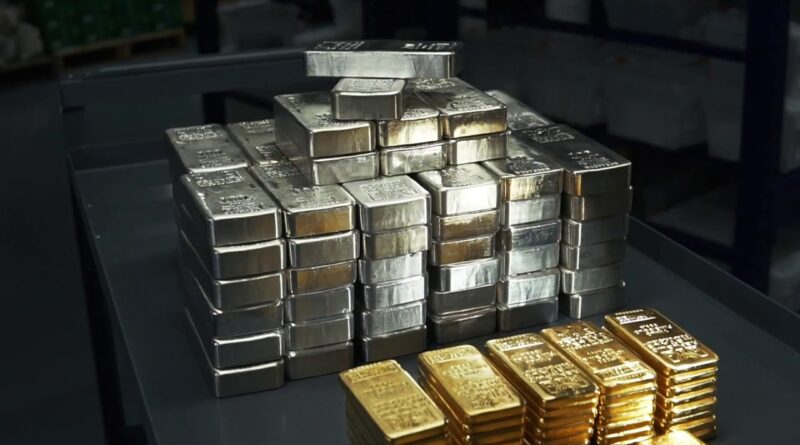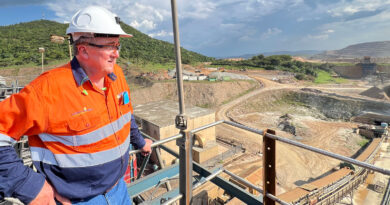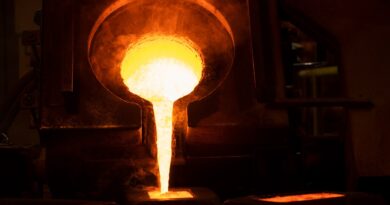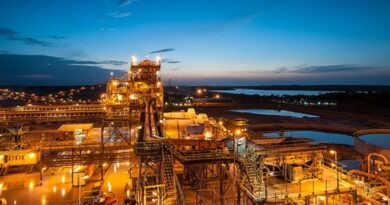What drives precious metals market?
The current market environment highlights the multi-faceted nature of gold and platinum price behaviour. The ultimate effect of the COVID-19 pandemic is still very much unknown. Geopolitical and economic uncertainty remains supportive for gold investment, and, finally, investment demand and momentum appear to be more than offsetting the shortfall driven by economic weakness.
Record stimuli and easy money by central banks appear to have driven investments in equities higher, despite weak economic indicators. The true state of the economy may not be reflected in across all market environments. Ultimately, it could be the behaviour of central banks – with their continued expansionary monetary policy – that drives gold and other precious metals higher.
According to Platinum Guild International’s latest Insight report, China is the most promising market for sales of platinum jewellery. Over 80% of consumers interviewed in China intend to purchase platinum jewellery both for themselves and as gifts post-Covid, although sales figures in H1’20 paint a different picture.
Jewellery sales in China have fallen by 23.6% year-on-year in H1’20, the steepest decline across all major consumer goods (including cars and petroleum). In June, jewellery sales were still down 6.8% year-on-year, compared to a 1.8% decline for the wider retail market (National Bureau of Statistics of China).
Despite a shrinking market share, China remains the largest consumer of platinum jewellery, accounting for 45% of global demand last year (943 koz), and is forecast to contract by more than 250 koz Pt this year owing to the additional impact of Covid-19 on consumer spending.
The platinum price is closing in on $1,000/oz after steadily gaining in last few weeks and is almost back to pre-pandemic levels. However, with global requirements for platinum still stalling in the wake of Covid-19, the fundamentals point towards lower prices.
The palladium price rallied again last week to close to $2,250/oz, hinting at tightness in the market. Refined metal output is expected to have been at its lowest between May and June, resulting in a tighter market moving into the second half of the year. Despite the three-week lockdown in South Africa, refineries remained operational and continued to process stocks, thus maintaining some degree of supply.
Now those stocks have been drawn down and recycling volumes are low, a potential recovery in autocatalyst demand later in the year could coincide with limited supply. Refined palladium output in the second half of the year is currently forecast to be around 20% lower than demand, although this deficit could be reduced if vehicle sales fail to rebound as quickly as anticipated.
Delayed 5G uptake will curb iridium electrical demand this year.Slowing smartphone sales, particularly those on the new 5G network, are likely to limit potential upside for iridium demand this year. Iridium crucibles are used to help produce surface acoustic wave (SAW) filters for various electronic devices, and improvements in smartphone functionality are increasing the number of SAW filters used per device.
The widespread rollout of 5G networks and 5G-enabled smartphones was expected to stimulate smartphone sales (and iridium crucible demand) in 2020. According to International Data Corporation, the effect of Covid-19 on consumer spending means global smartphone shipments are estimated to fall by 15-17% this year. Consumer sentiment is expected to remain subdued throughout the year as countries grapple with the economic repercussions of the pandemic. Electrical applications such as crucibles and hard-disk drives are the largest market for iridium, accounting for 30% of total consumption last year (around 70 koz).
After several attempts, rhodium broke through $9,000/oz last week and is now trading above $10,000/oz. The move was triggered by a recovery in automotive demand and reduced availability of refined metal owing to Covid-19. It seems that the fundamentals for ruthenium and iridium are already priced in, as prices remained unchanged for another week.
The silver price has continued its ascent and hit a seven-year high of $29/oz. The price has now rallied by over 140% since an intra-day low in March, with over 34% of gains in July alone, representing one of the best months on record for silver.
The gold:silver ratio remains at 73, as gold and silver moved in tandem last week. As well as strong retail investor demand, silver’s price rally is likely being supported by a rebound in industrial activity, which means a sustainable rise above its current price relies on this demand being maintained (and the avoidance of a second wave of lockdowns).
Total gold supply declined by 2% in the first half of 2020 to 2,192 t. Mine production slipped 5% to 1,604 t (the lowest half-year level since 2014), and recycling dropped by a similar amount (source: World Gold Council). The global impact of Covid-19 was most significant in Q2, with some key gold-producing nations such as Mexico, Peru and South Africa badly affected by national lockdowns.
Supply from China, the largest producer, fell 12% year-on-year in Q1 but was recovering by Q2. Remarkably, Russian supply increased 15% year-on-year as production stabilised at new projects, and operations were largely unaffected by the effects of Covid-19. Despite lockdowns now easing around the world, the disruption seen in H1 is likely to have a lasting impact on supply this year.




